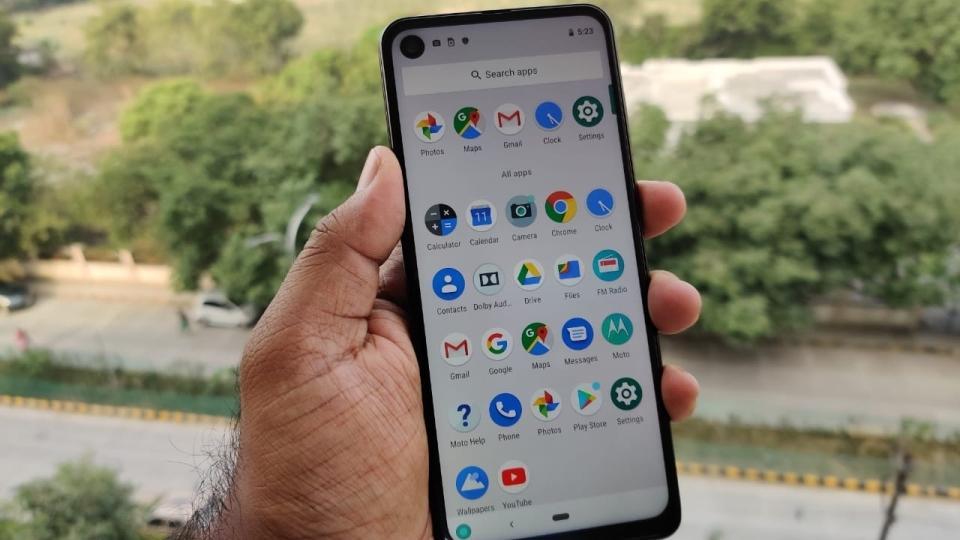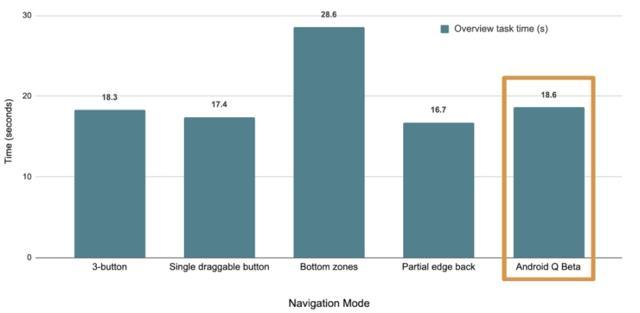Google explains why it’s killing on-screen back button with Android Q
Google admitted gesture controls are harder to learn and can take some time for adjustment.

Google will soon roll out Android Q for smartphones. The latest mobile operating system brings a range of new features and improvements. Android's new iteration is also going to bring one important change - gesture-based navigation instead of the traditional on-screen touch navigation buttons. Anticipating a backlash from users, Google on Thursday posted a detailed blog to defend its move.
Google acknowledged that gestures don't work for all users. It added that gestures are harder to learn and takes some time to adjust. It also admitted that gestures can interfere with the way people navigate the app. Google also revealed that Android users love the Back button and is used 50% more than the Home button.
"So one of our design goals was to make sure the back gesture was ergonomic, dependable, and intuitive -- and we prioritized this goal above other less frequent navigation such as drawers and recents," wrote Allen Huang and Rohan Shah, Product Managers on Android UI in the post.
According to the company, users performed tasks involving Home and Back button faster than other UI iterations.
"Because it's never a goal to change out behavior on users, we tried several ways to enable users to distinguish the drawer gesture from the Back gesture. However, all these paths led to users pulling in the drawer when they were trying to go Back and having less confidence that Back would work," the post added.


Google said users took on average of 1-3 days to adapt to gestures but became "fluent". It claimed majority of users didn't want to revert to 3-button navigation system.
"Additional research showed that there is a clear adjustment phase for users to get used to a new system navigation (across many different navigations). In our Q model, we found that usage of Back goes down for the first 1-3 days. After that period, the average # of Back presses/day ends up being the same as 3-button and our P navigation," it added.
Google said all major smartphone companies including Samsung, Xiaomi, HMD Global, OPPO, OnePlus, LG and Motorola will roll out Android Q's gesture features on their future smartphones.
Catch all the Latest Tech News, Mobile News, Laptop News, Gaming news, Wearables News , How To News, also keep up with us on Whatsapp channel,Twitter, Facebook, Google News, and Instagram. For our latest videos, subscribe to our YouTube channel.




























